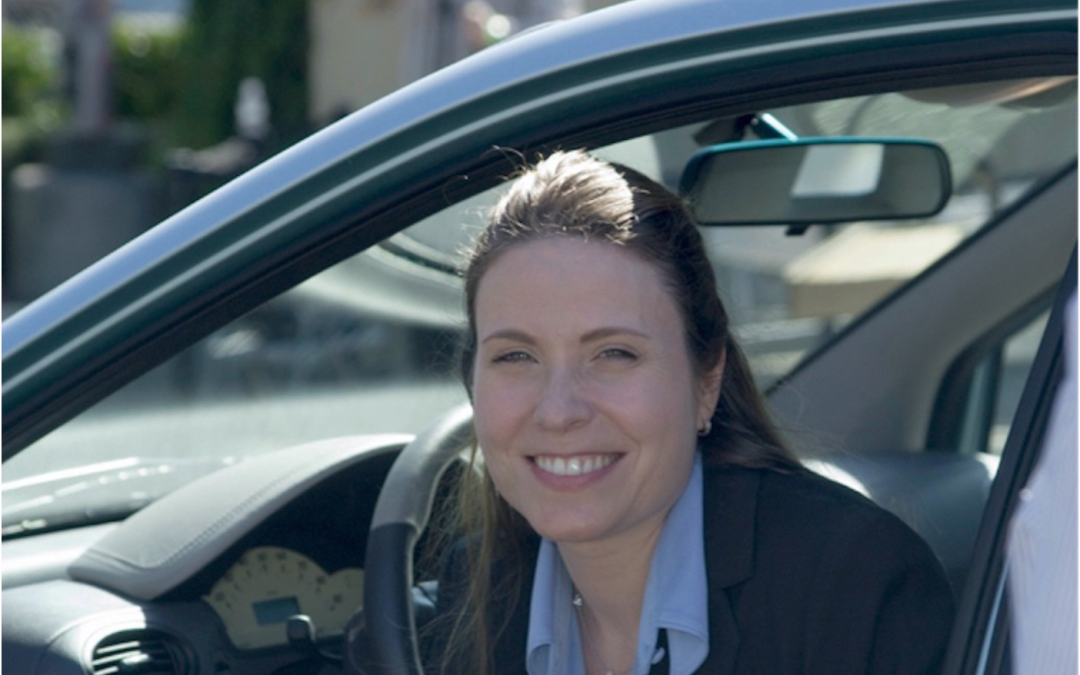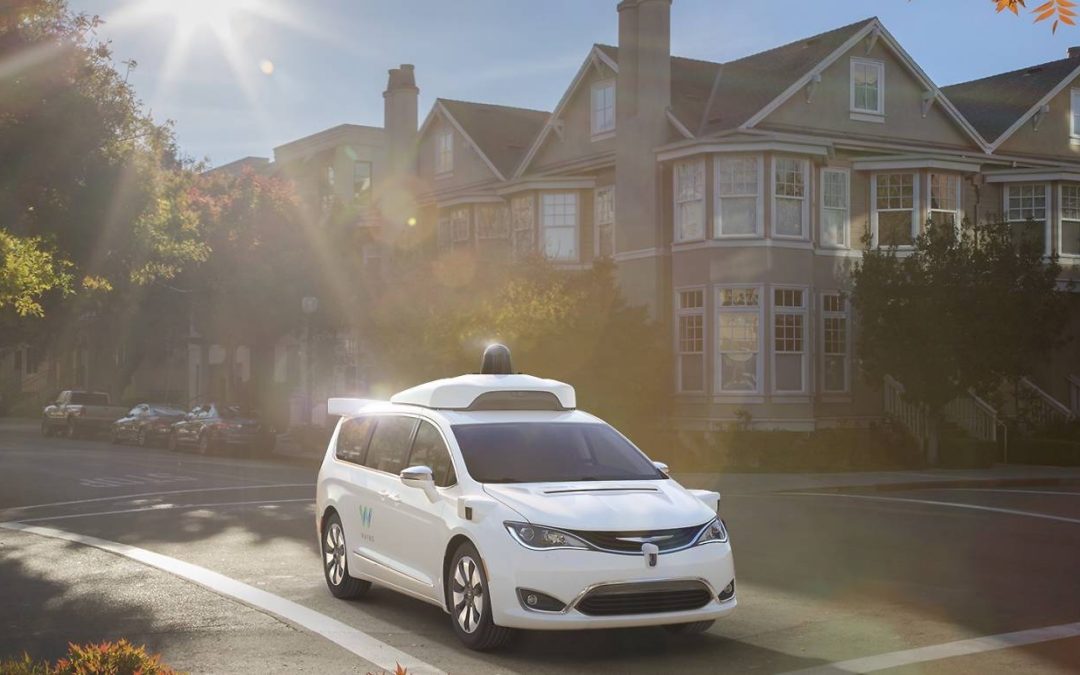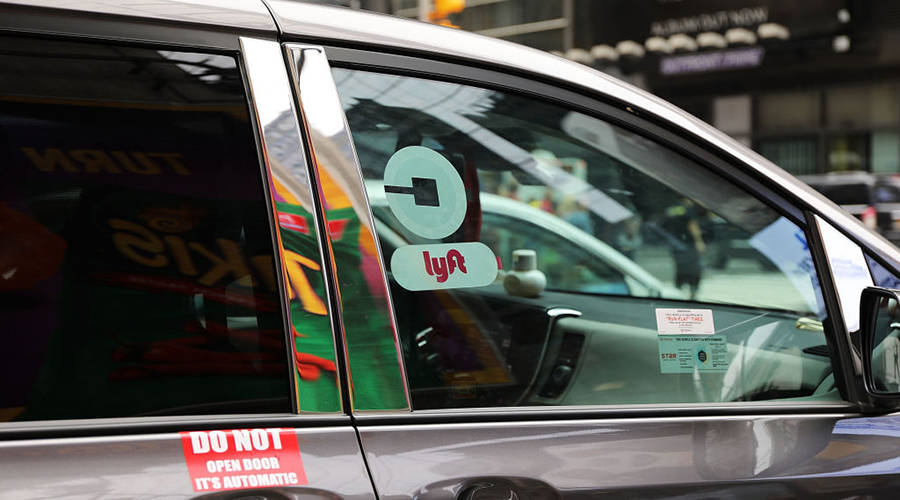
by Innovative Mobility Research | Dec 3, 2018 |
Lily Maxwell Dec 2, 2018 Lily Maxwell, smart cities content writer for iomob.net, interviews Susan Shaheen Ph.D., a pioneer in future mobility strategies. She was among the first to observe, research, and write about changing dynamics in shared mobility and the likely scenarios through which automated vehicles will gain prominence. She is an internationally recognized expert in mobility and the sharing economy. People talk a lot about data — and in particular, data security, privacy, self-sovereignty, and big data — at the moment. How can the academic and research sector go about collecting data in the right way to make urban mobility more equitable and sustainable? Susan: The data question is a really important one. First of all, big data are not nearly as “amazing” as they are messy. It helps to know what you are looking for in a big dataset, and you almost always end up discarding a lot of erroneous data. There are two key fundamental issues at play in private-sector mobility data: first, the proprietary interests of the private sector and second, PII (or the Personal Identifiable Information of the individual). These are both real issues that have to be carefully navigated. These considerations apply to most, if not all, entities working with these data: academics, companies, individuals, and governments. In research, figuring out how to access and manage sensitive data is something we need to work on. At present, we have to introduce a lot of obscurity to protect privacy and proprietary considerations. In other words, we have to go to higher levels of aggregation in our analysis. This offers benefits but can limit our understanding… Read...

by Innovative Mobility Research | Nov 24, 2018 |
Christopher Elliot Nov 24, 2018 Automakers are offering some of the best deals on a new car this weekend. So should you buy a new car between now and Cyber Monday? Before you do, take a minute to ponder the future of transportation. You probably don’t spend too much time thinking about how you get around. Your choices are simple: You own a car. When you fly somewhere, you rent one or call an Uber. But that’s about to change dramatically. The line between leasing and owning, between sharing and renting, is about to become blurred beyond recognition. In a not-too-distant future, autonomous vehicles, car sharing and new subscription models will radically change the way you travel, say experts. Auto manufacturers, car rental and sharing companies can see this future on the horizon. More importantly, so do travelers (and I count myself among them)… Read the full article...

by Innovative Mobility Research | Nov 13, 2018 |
Susan Shaheen Nov 2, 2018 Implications for Shared Urban Mobility for Latin American Countries Transportation is arguably experiencing its most transformative revolution since the introduction of the automobile. Concerns over climate change and equity are converging with dramatic technological advances. Although these changes – including shared mobility, automation, and electrification – are rapidly altering the mobility landscape, predictions about the future of transportation are complex, nuanced, and widely debated. Shared mobility—the shared use of a vehicle, bicycle, or scooter—is an innovative transportation strategy that enables users to have short-term access to a transportation mode on an as-needed basis. Furthermore, the convergence of on-demand shared, electric, and automated technology can make autos more cost effective, efficient, and convenient—especially when shared. Shared mobility has the potential to reduce mobility costs and congestion by encouraging less private vehicle reliance and use and more multi-modal transportation including active modes, such as bikesharing and scooter sharing. In this blog, I explore some current, emerging, and potential trends that could impact the future of urban mobility in Latin America. At present, Latin America is experiencing the progressive desertion of older areas in which many residents are moving into more modern neighborhoods. This is resulting in rapid and somewhat disorganized urbanization, which is leaving the poorest lower-income groups in outlying areas with limited or no services. As in other regions of the world, past land use and transportation policies have fostered sprawl. Latin American countries are now trying to reverse this trend… Read the full article...

by Innovative Mobility Research | Oct 29, 2018 |
Nina Bai Oct 15, 2018 Anyone who owns a car in San Francisco knows the agony of giving up a good parking spot. Every day, the nearly half a million cars registered in the city vie for about 280,000 street parking spaces. So try to imagine a future San Francisco where parking isn’t a problem, where personal cars are a rarity and people rely on a fleet of self-driving vehicles to get around. The average car in the United States today spends just one hour a day on the road. But self-driving cars would be driving eight or more hours a day, so you’d need only an eighth of the number of passenger vehicles in the city, says Kara Kockelman, professor of transportation engineering at the University of Texas-Austin, who models such hypothetical fleets in American cities. “You’ll get really good service,” she adds. By her estimate, within a city like San Francisco, a self-driving car would take less than a minute to show up and rides would cost a dollar a mile. When these autonomous vehicles (AVs) aren’t transporting passengers, they could be delivering packages, take-out pizza, library books. All in all, fewer cars would spend fewer hours parked on the streets, hypothetically freeing up thousands of parking spaces… Read the full article...

by Innovative Mobility Research | Oct 22, 2018 |
Emma Jacobs Oct 18, 2018 Uber and Lyft already compete in ride-hailing, ride-sharing, bike-sharing and e-scooters. Next year, they’ll be competing for investors, too: Both companies are reportedly planning initial public offerings for early 2019. For years, the companies have subsidized rides to keep costs low for customers. That fueled their growth, which in turn pumped up their expected valuations: as much as $120 billion for Uber and $20 billion or more for Lyft. But thanks to those subsidies, neither company is profitable. “Frankly, it will probably be a fairly long road before they are,” said Jeff Schuster, president of Americas operation and global vehicle forecasting at LMC Automotive. So the hype around these IPOs “has to be about prospects for a very different model for the future.” In that model, fewer people would own their own cars and would instead rely on a range of on-demand transportation options, especially self-driving vehicles… Read the full article...






